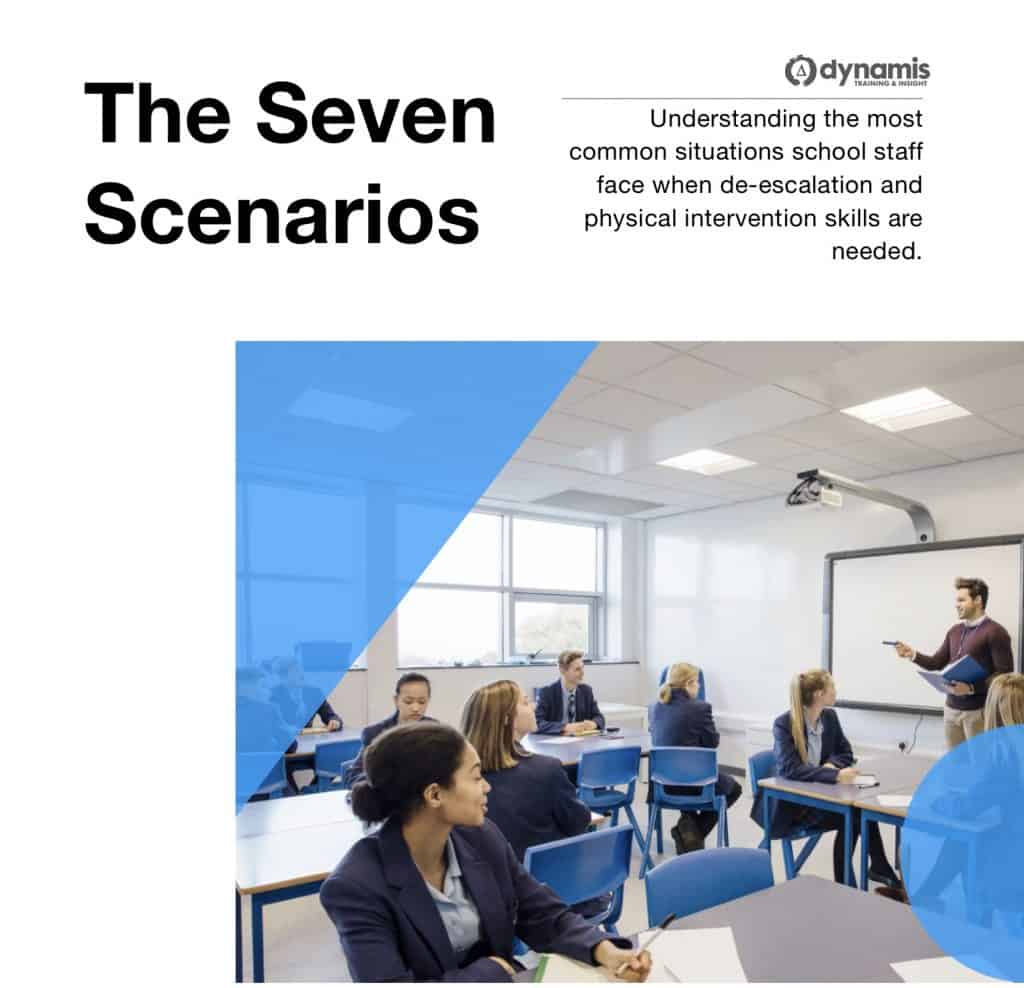One Person Positive Handling
One Person Positive Handling is inherently dangerous and can not be recommended. Often a teaching assistant in a school will be working on a one-to-one basis with a child who has particular needs associated with emotional or behavioural difficulties.
Sometimes, such a child will present with potentially harmful behaviours such as trying to hurt themselves, or the adult who is looking after them or by fighting with other children. Often, when they descend into crisis, they will be exceptionally disruptive and risk disrupting the behaviour of other children at the school.
Where a worker is on their own, and may be at risk, the Health and Safety Executive would define that person as a Lone Worker and would suggest that they are particularly vulnerable:
There are some high-risk activities where at least one other person may need to be present. Examples include working in the health and social care sector dealing with unpredictable client behaviour and situations.
This is One Person Positive Handling. On one of our courses we met a team who were working on a large school site which covered many acres. At times, while involved in activities, a staff member could be supervising children in a remote location – such as the stables in one corner of the site, many hundreds of yards from the main school. The staff were being issued with mobile phones to use to call for assistance if someone was injured or there was an incident with a pupil. The only problem was that the site – being rural – had notoriously bad cell signal…and the stables were in a black spot!
Provisions for supervising and assisting lone workers in an emergency should be carefully thought-through and plans to safeguard those staff should be in place.
Where there is violence involved in an incident, then attempting to get control of another human being, when they do not accept that control, is an inherently dangerous activity which is fraught with hazards. Gaining control of a person by oneself demands an exceptional level of skill and can not be recommended to any but those with a very high level of training and competence and where the risks of not intervening are considerable. In a following article, we will discuss the minimum number of people needed for safety in such an incident.
In discussing with a solo worker recently what her thoughts about her responsibilities and duties might be in a crisis situation like during One Person Positive Handling, I was reminded of a point one of my own mentors in conflict management training, Mr. Tony Torres, used to make. He would put a powerpoint slide up at the beginning of his training sessions which simply had two characters on it:
1*
After a brief discussion of safety during training he would describe how for each individual, regardless of their commitment, dedication, bravery, stubbornness or other personal virtues, it comes down to one essential decision-making point:
“Be sensible, you only have one asterisk”
Reference: HSE Lone Working Guidance
———————————————-
Gerard O’Dea is a conflict management, personal safety and physical interventions training consultant and always advises against One Person Positive Handling. He is the training director for Dynamis, a specialist in personal safety and violence reduction initiatives and the European Adviser for ‘Verbal Defense and Influence’, a global programme which addresses the spectrum of human conflict. www.dynamis.training




